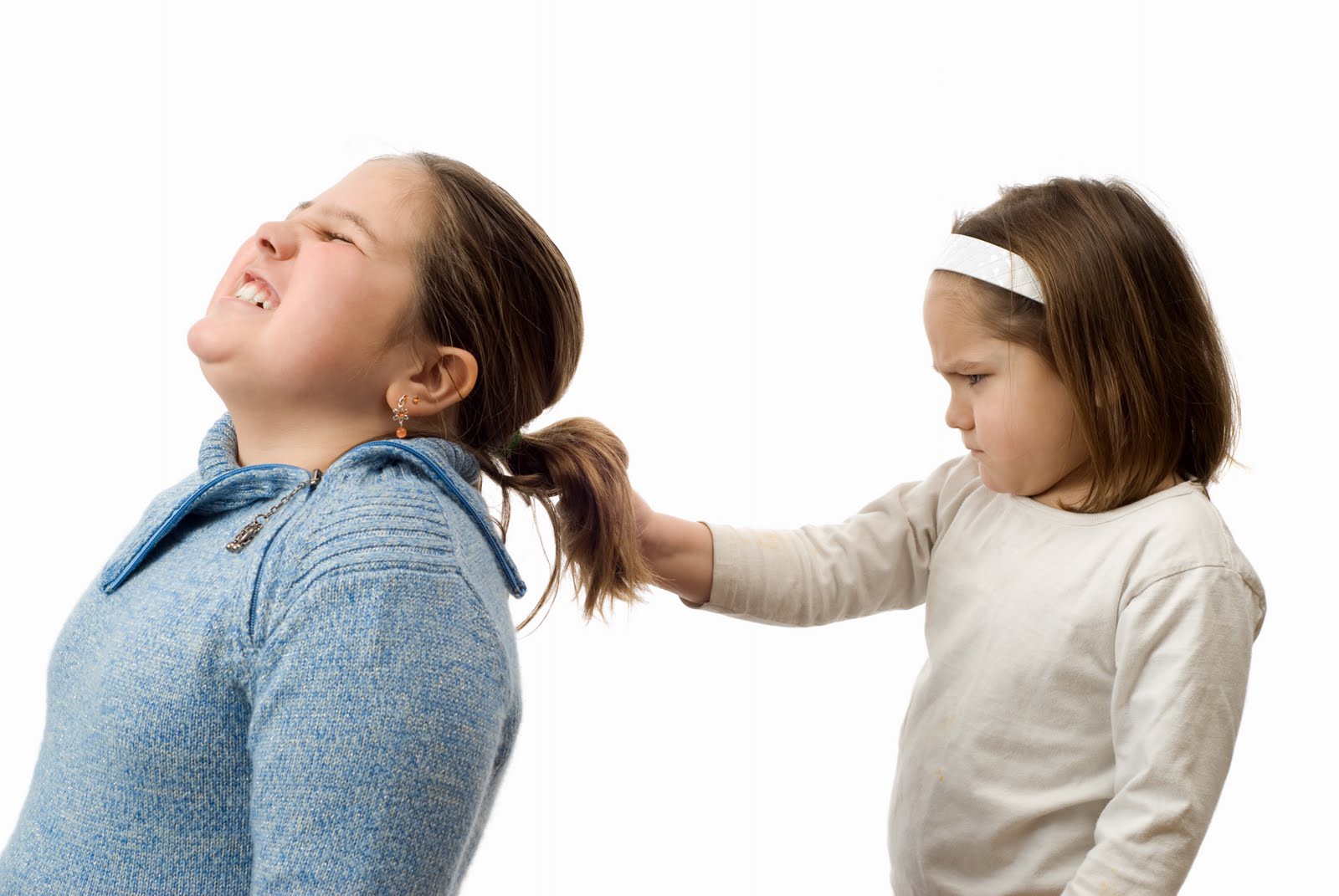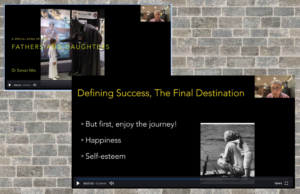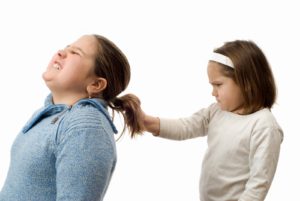Articles
What should you do when your child is not kind?

Kindness is the virtue of thinking of others—caring about their feelings, needs, and happiness. In a previous post “Raising Kind Kids: 5 Simple Things You Can Do,” I described how to cultivate kindness in everyday family life. But what should you do when your child is not kind?
Here are four ways to correct unkind behaviour.
1. Correct aggressive acts—clearly and with feeling. A study of toddlers 1 ½ to 2 ½ years of age observed how they responded to another toddler’s crying on the playground. About a third offered comfort or help.
The compassionate toddlers, the researchers found, had mothers who were high on warmth and nurturing. But these moms did something else as well: They had, in the past, taken it very seriously when their own child hurt someone.
For example, a 2-year-old girl who responded compassionately to the crying child on the playground had once gotten upset and pulled another little girl’s hair. When she did that, her mother had responded:
“You hurt Amy!” (pointing out the effect on the other child)
“Pulling hair hurts!” (an instructive generalization)
“NEVER pull hair!” (a small moral absolute).
By this combination of clear teaching and emotional concern, this mother sent a strong message to her daughter: Hurting is a big deal. As a result, this child was more likely to take it seriously and respond compassionately when she saw another child crying on the playground. By contrast, the kids who did not respond compassionately to a crying toddler had mothers who, in the past, had reacted more casually when their child had done something hurtful (“Now that’s not nice—don’t do that.”)
The takeaway? Character formation trains the heart as well as the mind. We want a child not just to know that something is wrong but also to feel that it is wrong. Most adults, and arguably even most kids, know what’s right and wrong, but many nevertheless often do what they know is wrong and feel little remorse for having done so. Bland parental responses to hurtful behavior won’t produce an active conscience in a child.
2. Require restitution. We don’t want correction to end with our child feeling bad. Kids should learn that when they do something wrong, they should do something right to make up for it.
Apologizing is the first thing they should do; the second thing is to ask, “What can I do to make up for it?” Restitution is an apology of action.
If our kids forget to ask, “What can I do to make up for it?”, we can remind them to do that. Then we can suggest an appropriate restitution. For example:
· “You can make up for not being nice to your brother by reading him a story while I’m getting the dinner on.”
· “I need some help in the yard. You can make up for being in such sour mood earlier by helping cheerfully now.”
· “Please write me a sincere letter saying why you’re sorry and how you’re going to remember not to do this in the future.”
Once kids have had some practice making restitution, we can shift more of the responsibility to them: “What do you think you can do to make things right?” Whenever possible, restitution should include teaching empathy (e.g., “You hurt your sister’s feelings—what can you do to make her feel better?”).
3. Practice the positive. “Virtues aren’t mere thoughts,” Aristotle pointed out, “but habits we develop by performing virtuous actions.” For kids to develop the habit of speaking and acting kindly, they need lots of practice. That includes opportunities to self-correct.
If your 9-year-old son asks his 7-year-old sister for something in a snappish or bossy manner, you can say gently: “What would be a kinder, more respectful way to say that?”
Let them know ahead of time that you’ll be doing this. Explain that this isn’t to embarrass them but to give them a chance to set things right.
4. Read books that cultivate kindness. With all kids and especially with kids for whom kindness doesn’t come naturally, good books can be one of our best allies. There are scores of books, fiction and nonfiction, with strong character themes (www.readbrightly.com). The more kids read them—with us or on their own—the more they’ll be immersed in goodness and attracted to it.
Pause during a read-aloud to ask when you and your child may have shown the virtue exhibited by someone in the story. Also consider, when might you have shown the character shortcoming? Children’s books that depict peer cruelty and exclusion and everyone’s need for friendship—such as The Hundred Dresses by Eleanor Estes and J. Palacio’s Wonder and We’re All Wonders—are especially good for this kind ofparent-child sharing of experiences.
Discuss:
What have we done when we saw someone being mistreated?
What could we each do in the future?
Check out Brightly’s “5 Books That Teach Kids What It Means to Be a Kind Person.” I also recommend “Children’s Books That Show Kids the Goodness in the World,” which identifies picture books that show the many inspiring ways people do good for others. These resources give us an opening for talking with our kids about how we too can make a positive difference in the world, especially through kindness.
Thomas LIckona is a developmental psychologist and director of the Center for the 4th and 5th Rs. Adapted from Thomas Lickona, How to Raise Kind Kids: And Get Respect, Gratitude, and a Happier Family in the Bargain (Penguin, 2018) Republished with permission from Psychology Today.
This article by Dr Tom Lickona was originally published on MercatorNet.com under a Creative Commons Licence. If you enjoyed this article, visit MercatorNet.com for more.







